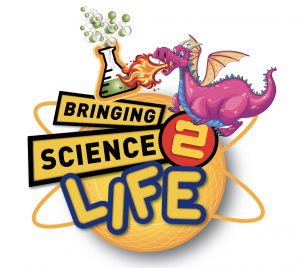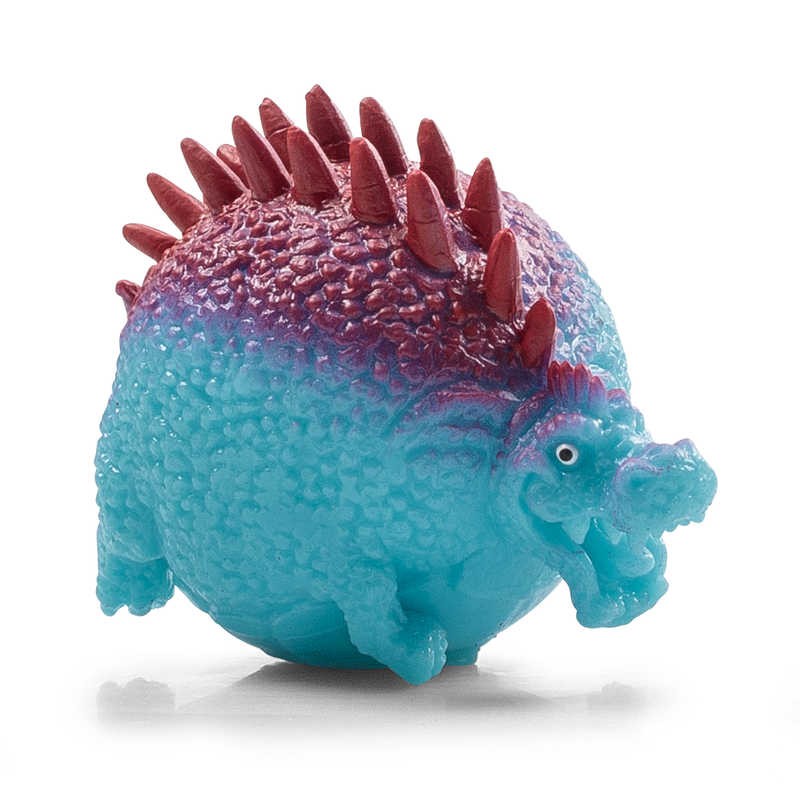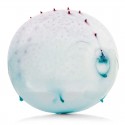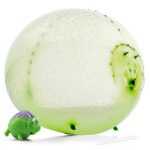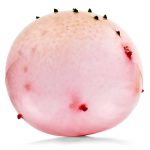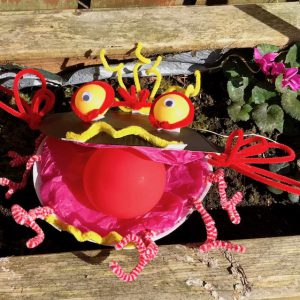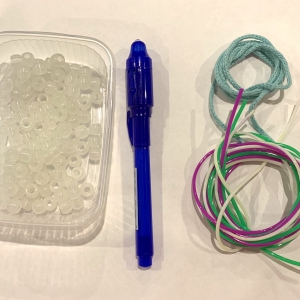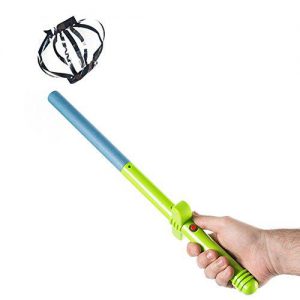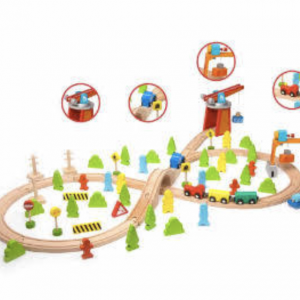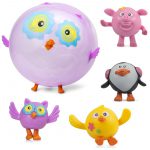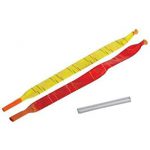Description
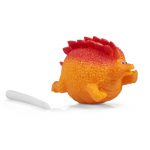 Fun dinosaur figure that can be inflated into a balloon like ball.
Fun dinosaur figure that can be inflated into a balloon like ball.
Insert the straw into the figure and blow into it to inflate the animal into a large balloon. To return it to the original shape, simply re-insert the straw to fully deflate.
Contents:
- Inflatable dinosaur
- Inflator tube
You can squeeze the ball, throw it, bounce it around and squish the air-filled balloon and it will retain its size and shape.
Can be inflated and deflated over and over again.
Available in 3 designs.
- Dinosaur figure that inflates into balloon
- Use straw to inflate and deflate
- Inflates into balloon-like ball
- Can be used over and over again
- 1 x chosen at random
- 11cm
The Science
A balloon is defined as an inflatable flexible bag filled with gas, such as air or helium. Modern balloons are made form materials such as rubber, latex, polychloroprene, metalised plastic or a nylon fibre.
Long before there was something as stretchy as rubber, balloons existed. In the pre-rubber era, balloons came from animal bladders. A pig’s bladder was inflated by Galileo in an experiment to measure the weight of air!
Some gruesome science!
Aztecs are thought to be the very first people in history to make ‘balloon animals’ out of the bowels of cats to be presented to the gods as a sacrifice. The bowels were carefully cleaned, turned inside out, and sewn with a special vegetable thread whose main property was that it stuck to itself when left to dry in the sun, and this produced an almost airtight seal. The bowels were then twisted and air was blown into them after each twist.
The first rubber balloons were made by Professor Michael Faraday in 1824 for use in his experiments with hydrogen, at the Royal Institution of Great Britain in London. Faraday made his balloons by cutting two round sheets of raw rubber, called caoutchouc (French word for rubber), laying them one on top of the other and pressing their edges together. The tacky rubber welded automatically, and the inside of the balloon was rubbed with flour to prevent the opposing surfaces joining together.
Toy balloons were introduced by rubber manufacturer Thomas Hancock the following year (1825) in the form of a do-it-yourself kit consisting of a bottle of rubber solution and a condensing syringe.
